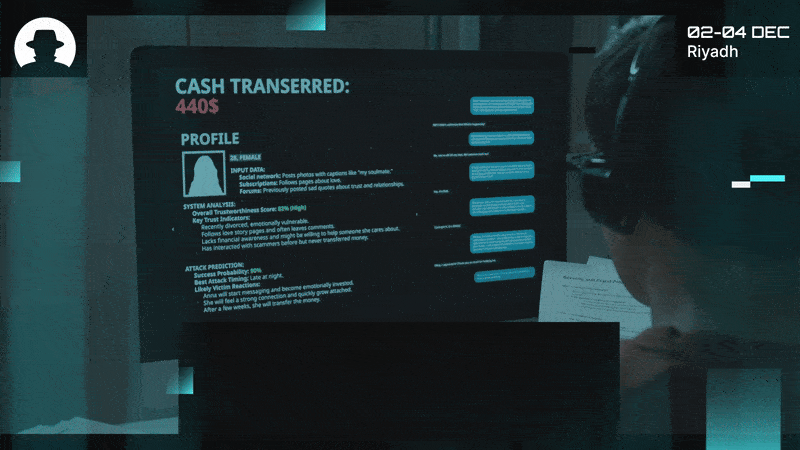
Bring hiring scams into your corporate deception training
Six in ten job seekers faced fake recruiters in 2025. Here’s what those scams teach CISOs about human psychology – and why security awareness needs a rewrite.
Read More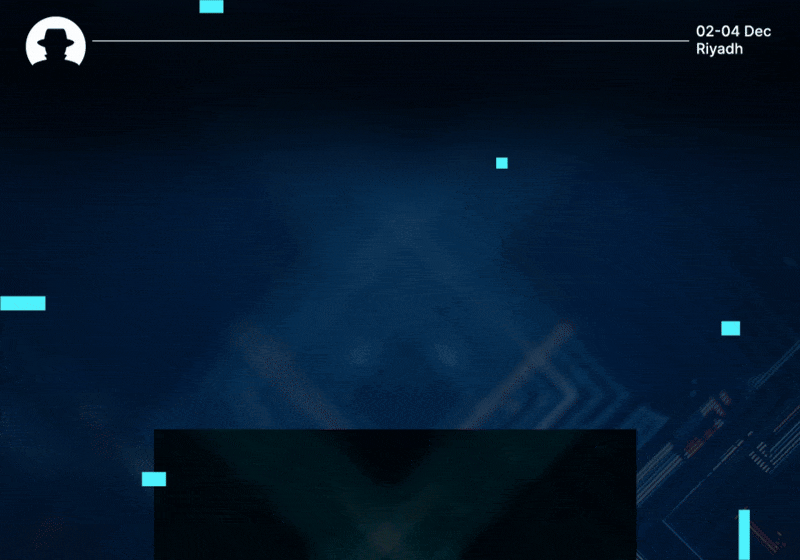
Welcome to the new 35 cyber warriors who joined us last week. Explore our weekly delivery of inspiration, insights, and exclusive interviews from the global BHMEA community of cybersecurity leaders.
Keep up with our weekly newsletters on LinkedIn — subscribe here.
Get weekly insights, inspiration, and exclusive interviews from the global Black Hat MEA community – here in your inbox.
How the relationship between mental health and cybersecurity has changed over time.
On the blog this week we wrote about the current state of mental health among cybersecurity practitioners.
Here, we’re looking at the timeline of stress and resilience over the last decade – to see why we need to enter into a new era of understanding.
Threats were serious, but they weren’t constant. There was space to plan for the future, to take a breath.
With hindsight, we can see that this time period was characterised by:
Don’t get us wrong; things weren’t easy. But compared to the present day the security landscape was simpler and it moved slower; so practitioners didn’t have to be on every hour of every day.
“What was secure yesterday could be a vulnerability tomorrow.” – Dr. Leila Taghizadeh (CISO, IberoLatAm and Global Head of Cyber Risk at Allianz)
The pace began to pick up. Threats were changing, and changing faster than ever before.
So security during this time becomes a non-stop job:
“Cybersecurity is a role that never really allows you to switch off.” – Dr. Leila Taghizadeh
Importantly, GenAI hit the world in a big way during this time period – a major driving force behind that surge in phishing and remote attacks. Threat actors have been able to develop new attack vectors and reach targets at a high volume, and for a low cost.
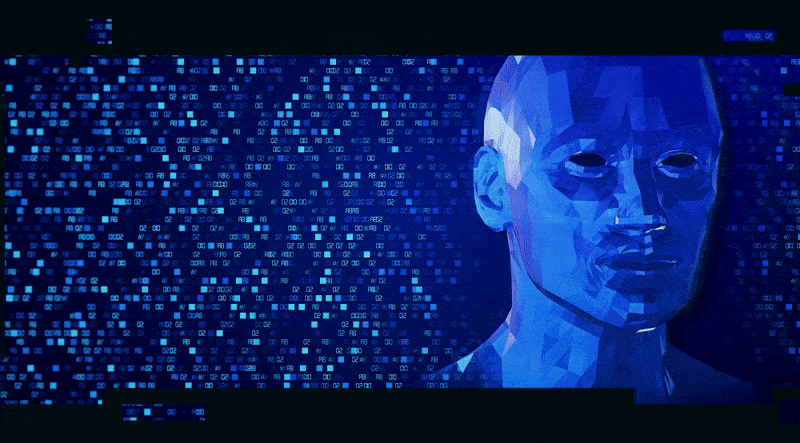
“Disengagement leads to exposure, and exposure leads to risk.” – Dr. Leila Taghizadeh
Over the last few years, we all started to pay more attention to mental health in cybersecurity. Leading minds in the industry started not just to care about it, but to talk openly about it – both because cybersecurity practitioners are human beings who deserve to feel good, and because stress and burnout were becoming security vulnerabilities in their own right.
“To me, Zen is about mastering oneself… and leading with compassion.” – Lance James (Founder and CEO at Unit 221B)
“Focus on the why behind your work…Integrate work and life – it’s all one journey.” – Abeer Khedr (CISO at National Bank of Egypt)
Now is the time to implement real change. Increasingly, we’re seeing:
And cybersecurity leaders across the world will continue to embrace tools and processes that support the wellbeing of practitioners over the coming years.
We can’t have cyber resilience if we don’t protect human resilience.
Cybersecurity isn’t just about protecting networks. It’s about protecting people.
So we want to know what you think: How can we enable a healthier working culture across the field of cybersecurity going forward?
Join us at Black Hat MEA 2025 to grow your network, expand your knowledge, and build your business.
Join the newsletter to receive the latest updates in your inbox.

Six in ten job seekers faced fake recruiters in 2025. Here’s what those scams teach CISOs about human psychology – and why security awareness needs a rewrite.
Read More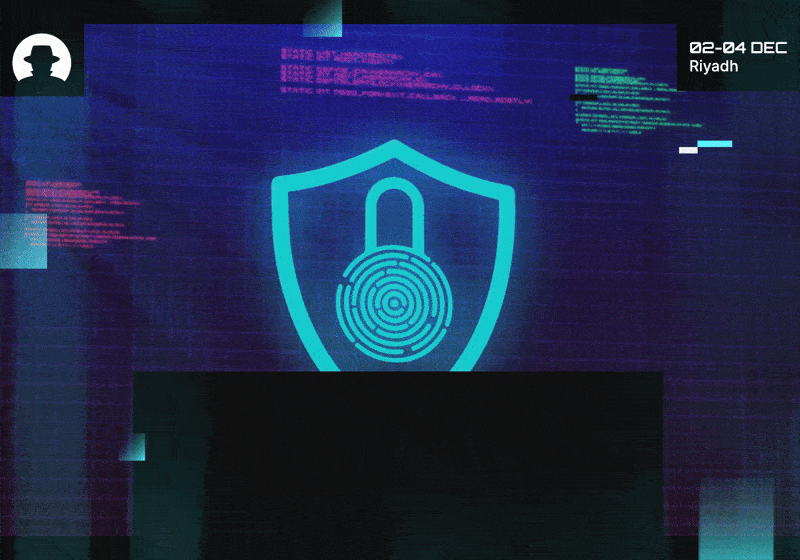
Why purple teaming matters: learning, humility, and collaboration over confidence. A Zen mindset for modern cyber resilience.
Read More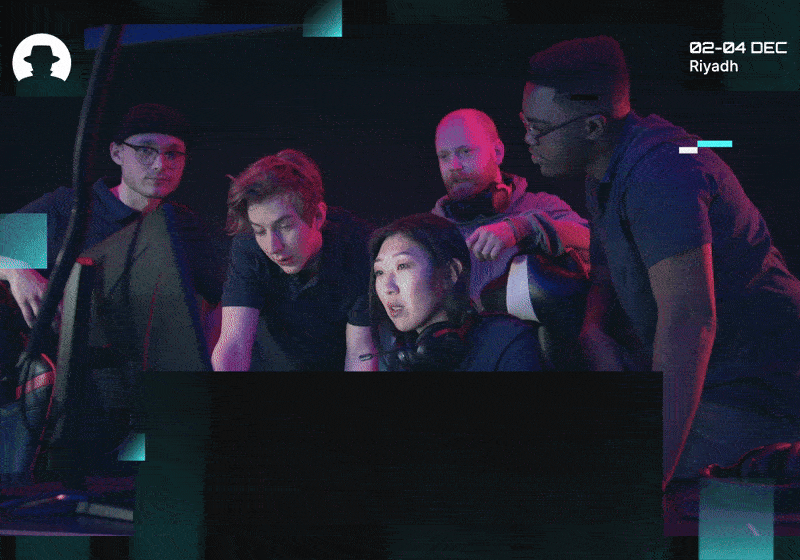
Across Saudi Arabia and the GCC, hands-on cybersecurity simulation and CTF programmes are producing world-class talent – and transforming how the next generation learns to defend the digital world.
Read More